In a strongly-worded statement that signals escalating tensions between Washington and Beijing, US Treasury Secretary Scott Bessent characterized China’s recent rare earth export controls as “China versus the world,” declaring that the United States and its allies would “neither be commanded nor controlled”. This critical development emerged during high-level discussions at the International Monetary Fund and World Bank annual meetings in Washington this week, marking a significant turning point in US-China economic relations.
The timing of Bessent’s remarks underscores the gravity of the situation, coming just days after Beijing announced fresh controls on the export of rare earth technologies and items. The Treasury Secretary’s passionate response reflects growing concerns about China’s dominant position in critical mineral supply chains that power everything from smartphones to military defense systems.
Understanding China’s Rare Earth Dominance and Strategic Move
What Makes Rare Earth Minerals Critically Important?
China is the world’s leading producer of the minerals used to make magnets crucial to the auto, electronic and defense industries. These strategic materials form the backbone of modern technology infrastructure, powering electric vehicles, renewable energy systems, consumer electronics, and advanced military equipment. According to recent industry analysis, China dominates rare earth minerals, controlling 70% of mining, along with as much as 95% of the processing and refining of those minerals.
The Chinese government’s latest export restrictions specifically target rare earth materials for military applications, representing an unprecedented escalation in trade tensions. In an October 9 announcement, Beijing said it won’t allow the export of rare earths materials for military use, the first time it has targeted that specific use. This decision directly impacts critical US weapons systems, including the F-35 warplane, Tomahawk missiles, and precision-guided munitions.
US Trade Representative Calls Out “Economic Coercion”
US Trade Representative Jamieson Greer said that China’s recent restrictions on rare-earth mineral exports are a “global supply chain power grab”. Speaking alongside Secretary Bessent at the Treasury Department, Greer emphasized that these controls extend far beyond bilateral US-China disputes, affecting nations worldwide that depend on these critical materials.
The administration’s position is clear: this represents systematic economic coercion rather than legitimate trade policy. As Greer articulated during the press conference, China’s announcement threatens worldwide supply chains and represents an exercise of market dominance that could destabilize international commerce.
Trump Administration’s Strategic Response and Policy Initiatives
Price Floors and Industrial Policy Solutions
In response to China’s market manipulation tactics, Treasury Secretary Scott Bessent told CNBC that the Trump administration will set price floors across a range of industries to combat market manipulation by China. This represents a significant shift toward more interventionist economic policy, acknowledging that traditional free-market approaches may prove insufficient when dealing with state-controlled economies.
Bessent said anytime another competitor develops, China cuts prices to put them out of the business. To counter this predatory pricing strategy, the US government plans to take equity stakes in domestic rare earth operations, establish strategic mineral reserves, and implement forward-buying agreements that guarantee market stability for American producers.
Department of Defense Takes Unprecedented Action
The administration has already taken concrete steps toward building domestic capacity. The Department of Defense struck an unprecedented deal in July with MP Materials, the largest US rare earth miner, that included an equity stake, a price floor and offtake agreement. This groundbreaking partnership demonstrates the government’s willingness to use novel financing mechanisms to secure critical supply chains.
Treasury Secretary Bessent indicated more such partnerships could follow, stating “I wouldn’t be surprised” when asked about additional equity stakes, adding “When we get an announcement like this week with China on the rare earths, you realize we have to be self-sufficient, or we have to be sufficient with our allies”.
Global Implications and Allied Coordination
G7 Nations Consider Joint Response
The crisis has prompted coordinated international action. Finance chiefs from the Group of Seven industrial nations will consider a joint response to discourage China’s planned move to control the global supply of rare earths. This multilateral approach reflects recognition that no single nation can effectively counter China’s market dominance alone.
Secretary Bessent emphasized the importance of allied cooperation, stating during the press conference that clear signals must be sent about collective action. The administration’s strategy involves de-risking supply chains by diversifying sources away from Chinese control, working closely with partner nations to develop alternative production and processing capabilities.
Economic Impact on Global Markets
In an interview with the Financial Times, Bessent said the moves over rare earths and minerals are an attempt by China “to pull everyone else down with them,” adding “If they want to slow down the global economy, they will be hurt the most”. This assessment suggests China’s actions could backfire economically, potentially damaging its own industrial base while accelerating Western efforts at supply chain independence.
The strategic mineral crisis comes as rare-earth minerals are critical to manufacturing a wide variety of products, such as batteries, electric vehicles, household goods, TVs and smartphones and solar panels. Any significant disruption could ripple through global manufacturing, affecting consumer prices and product availability worldwide.
Escalating Trade War and Tariff Threats
President Trump’s Response and Negotiation Tactics
President Donald Trump threatened to impose 100% tariffs on China, as well as export controls on “any and all critical software” in direct response to Beijing’s rare earth restrictions. These dramatic threats underscore the administration’s determination to leverage America’s own economic power in this standoff.
However, the administration has also dangled potential compromises. US Treasury Secretary Scott Bessent dangled the possibility of extending a pause of import duties on Chinese goods for longer than three months if China halts its plan for strict new export controls on rare-earth elements. This carrot-and-stick approach aims to incentivize Chinese cooperation while maintaining pressure.
Current Status of Trade Negotiations
The current 90-day pause on tariffs with China — renewed at least three times so far — could be re-upped again for a longer interval if China lifts the rare-earths restrictions. Treasury officials confirmed that President Trump remains scheduled to meet Chinese President Xi Jinping in South Korea later this month, suggesting both sides still see value in diplomatic engagement despite heightened rhetoric.
After three rounds of what the officials called successful trade talks, China also has yet to officially approve the sale of TikTok US and has not bought any soybeans from American farmers since May. These additional points of contention complicate an already tense bilateral relationship.
China’s Official Position and Justification
Beijing’s Defense of Export Controls
The Chinese Ministry of Foreign Affairs said Wednesday that the export controls were consistent with international practice and had been implemented “to better safeguard world peace and regional stability, and fulfill non-proliferation and other international obligations”. Chinese officials argue their actions represent responsible stewardship of strategic resources rather than economic warfare.
Spokesperson Lin Jian said at a regular news briefing in Beijing: “China’s position has been consistent and clear. It is the U.S. who asks for talks while threatening high tariffs and new restrictions. This is not the right way to deal with China.” This response reflects Beijing’s view that American pressure tactics undermine productive dialogue.
Long-Term Solutions and Strategic Outlook
Building Strategic Mineral Reserves
Bessent emphasized “We’re going to need a strategic mineral reserve”, drawing parallels to America’s Strategic Petroleum Reserve. This concept would involve government stockpiling of critical minerals to buffer against supply disruptions and market manipulation, providing security during international crises or trade conflicts.
The Treasury Secretary acknowledged historical policy failures, noting “this rare earth problem was decades in the making. Every past administration should be ashamed. President Trump tried to solve it in his last term, and the environmentalists threw a fit”. This candid assessment highlights the complex intersection of environmental regulation, national security, and industrial policy.
Private Sector Engagement and Investment
Financial institutions are stepping up to support domestic rare earth development. Bessent mentioned that “Jamie Dimon said that JPMorgan is going to get into the business. They’re going to be lending. They’re, probably set up some kind of an exchange”, indicating major Wall Street players recognize both the strategic importance and commercial opportunity in rare earth supply chain development.
Expert Analysis and Market Implications
Industry experts warn that resolving rare earth supply chain vulnerabilities will require years of sustained investment and policy support. The mining, processing, and refining infrastructure necessary to compete with China’s established dominance represents a multi-billion dollar undertaking requiring coordination between government, industry, and international partners.
Environmental considerations add complexity to domestic rare earth development. Mining and processing these materials generates significant waste and potential pollution, creating tension between national security imperatives and environmental protection goals. The administration will need to balance these competing priorities while developing sustainable domestic capacity.
For more information on US-China trade relations, visit the US Trade Representative website. To understand rare earth supply chains better, consult resources from the US Geological Survey.
Conclusion: A Defining Moment in Global Economic Relations
The confrontation over rare earth export controls represents more than a bilateral trade dispute—it exemplifies the broader contest for economic and technological supremacy in the 21st century. Secretary Bessent’s forceful characterization of the situation as “China versus the world” signals American determination to rally international opposition to Beijing’s strategic mineral monopoly.
As both sides prepare for high-level meetings in the coming weeks, the outcome of this crisis will likely shape global trade architecture, supply chain strategies, and international economic relations for years to come. The stakes extend far beyond minerals themselves, encompassing questions of economic sovereignty, technological independence, and the future balance of global economic power.
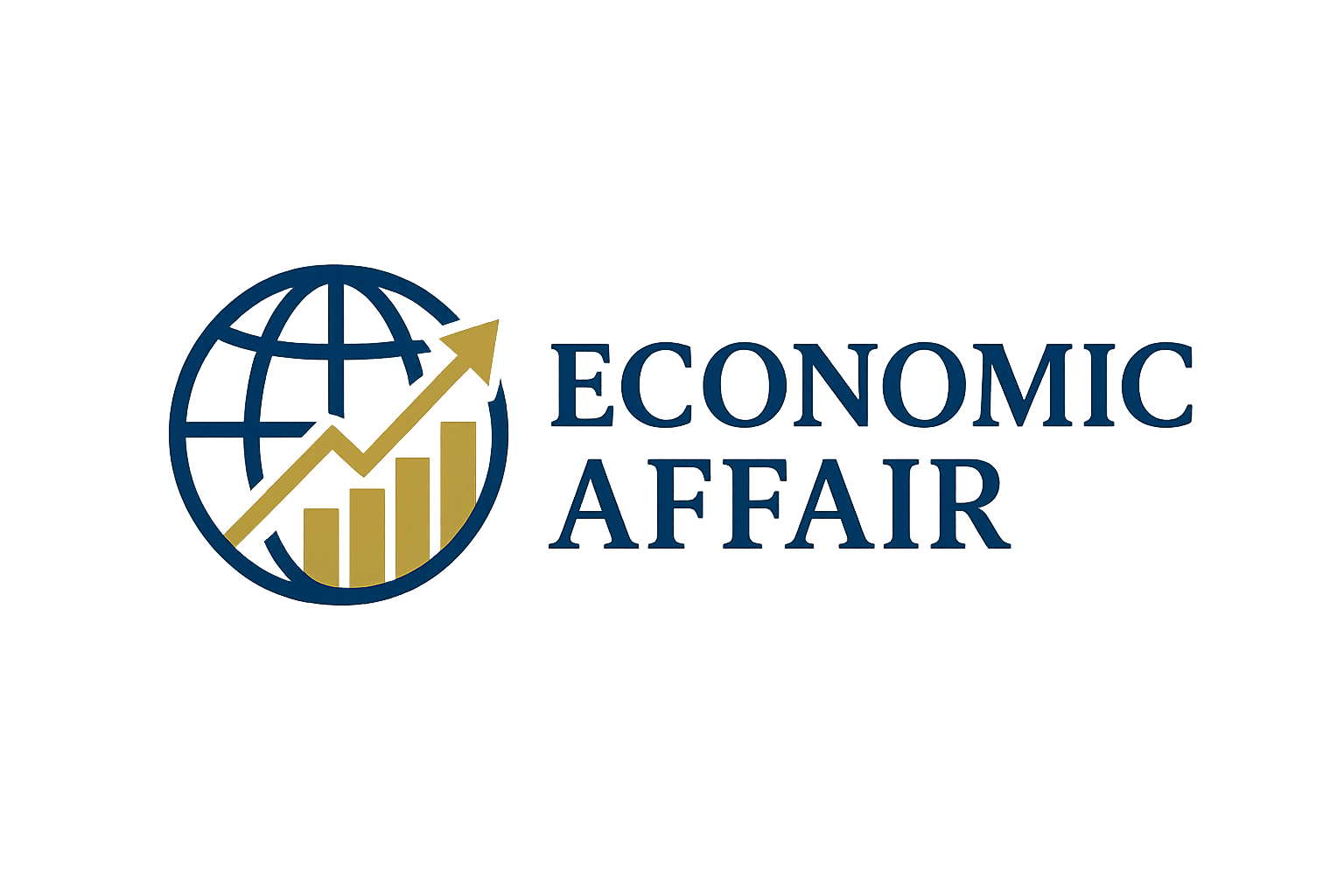


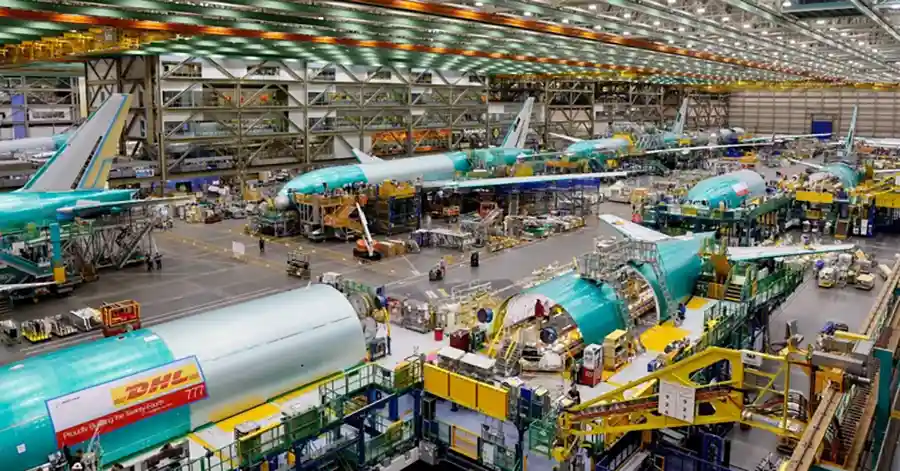


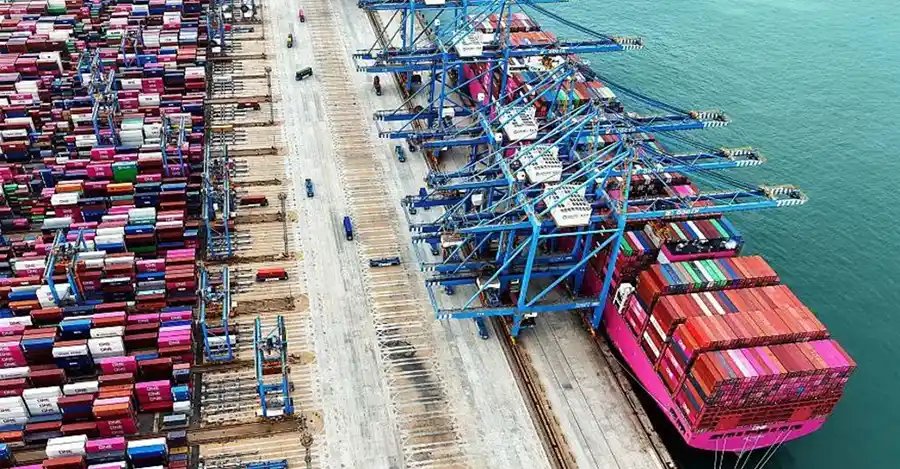

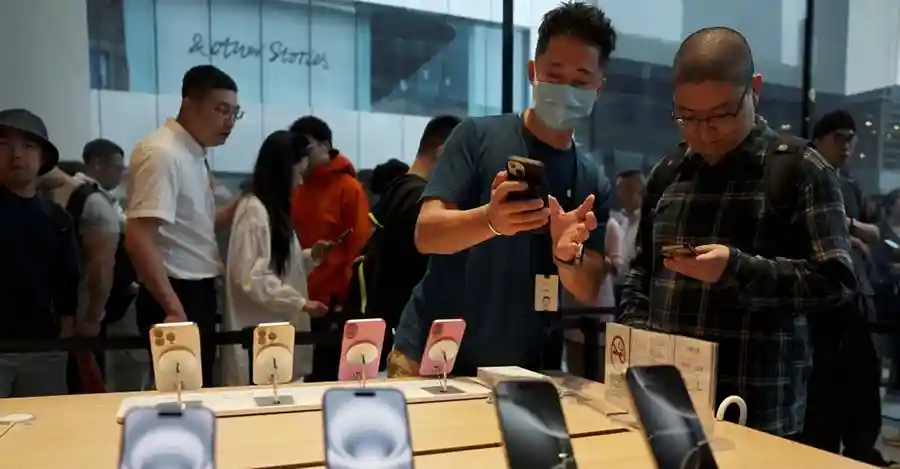
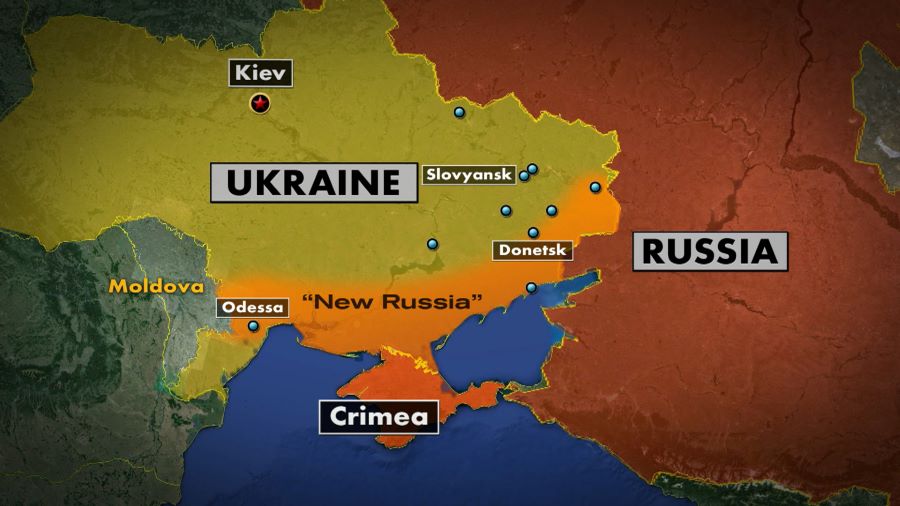




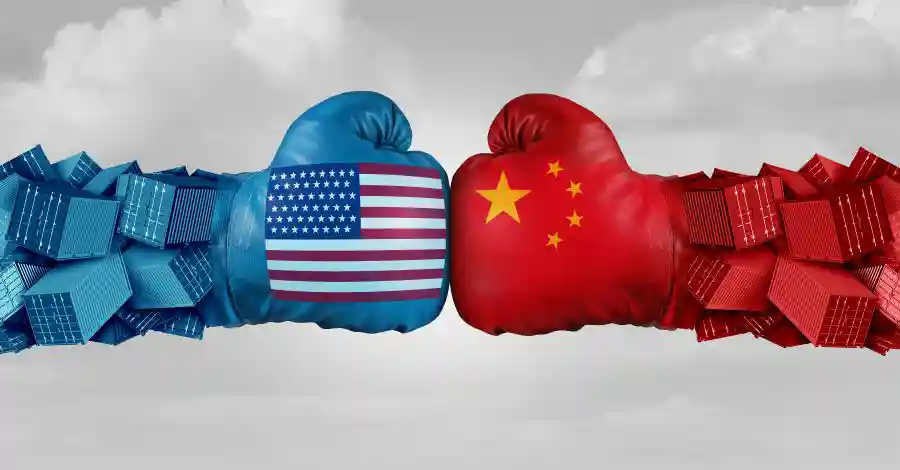
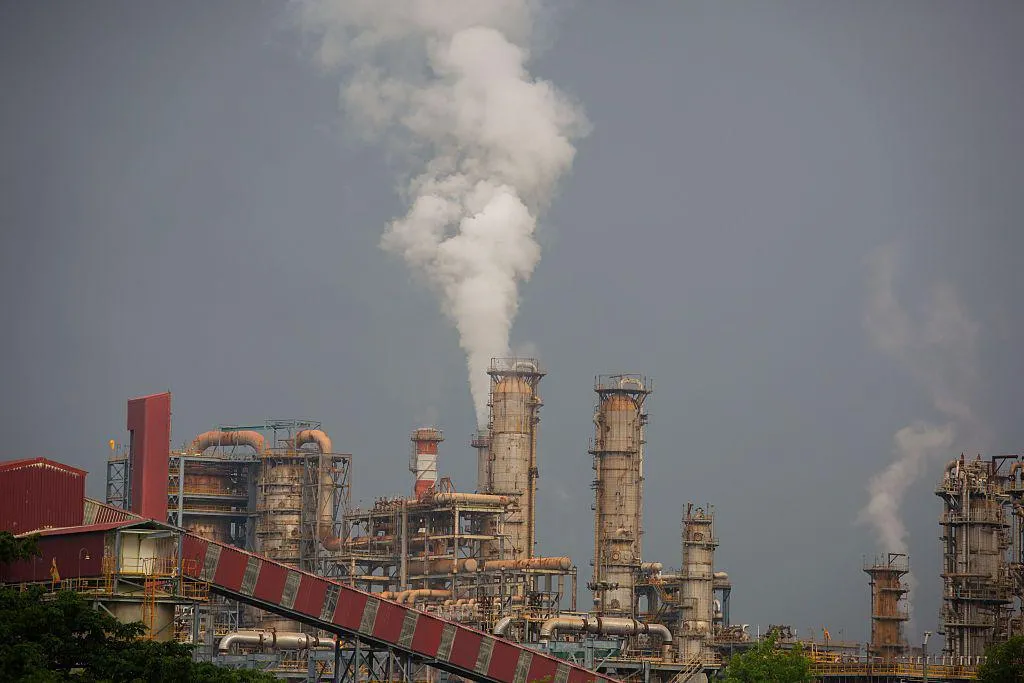
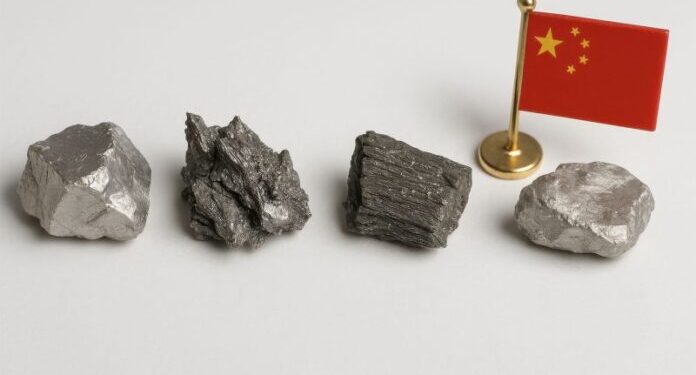




Comments